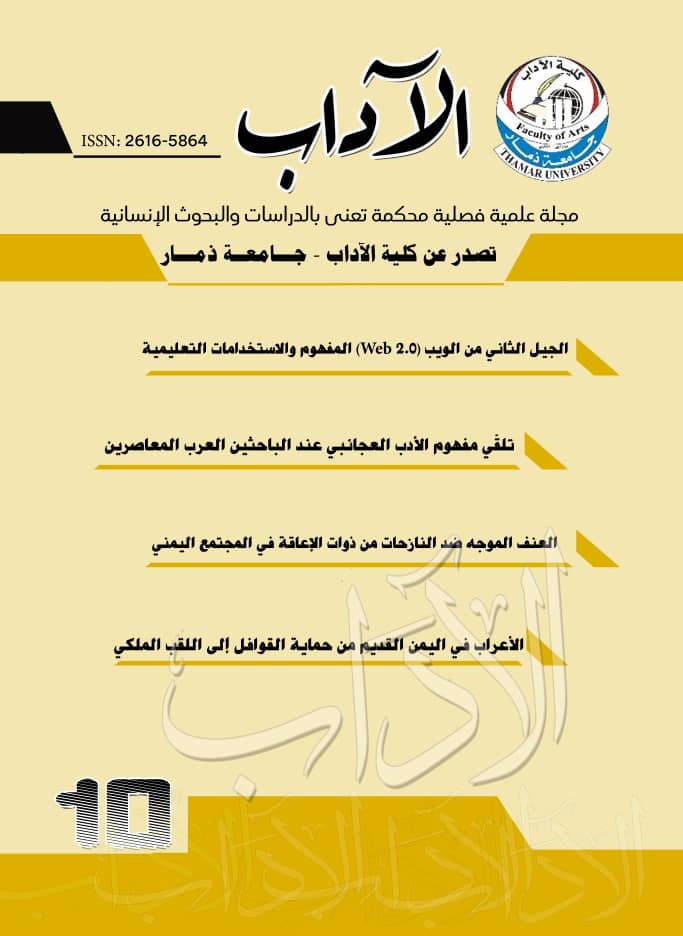A New Sabaean Inscription Goes Back to the Reign of the Sabaean King Yuhāqim Yurziḥ Bin Dhamār Ali Dharih: An Analytical Study of the Historical Significance
DOI:
https://doi.org/10.35696/.v1i10.592Keywords:
Sabaean inscription, Spa, Ancient Yemen, The historical significanceAbstract
This research is a study of an unpublished Sabaean inscription, which represents a monumental inscription of buildings and structures. It was written on a limestone (blq). It has been found in a wall of a mosque called “Juabah” in Amran governorate, Maswar district, Bani Mahdi village. (Maswar is also called Tukhli as named by al-Hamdani). The inscription was inscribed during the time of the Sabaean King Yuhāqim Yurziḥ, son of Dhamār Ali Dhariḥ, King of Saba (Sheba) around the end of the First Century. It is an evidence of the King’s renouncing to the doubled title "King of Saba," and using his personal title “Yurziḥ” instead, because his name has appeared in many other inscriptions with no reference to any of his personal titles. This research discusses all terms of the inscription including names, gods and temples, all of which are mentioned for the first time.Downloads
Download data is not yet available.
Downloads
Published
2019-03-01
How to Cite
Al-Qaili, M. A. H. . (2019). A New Sabaean Inscription Goes Back to the Reign of the Sabaean King Yuhāqim Yurziḥ Bin Dhamār Ali Dharih: An Analytical Study of the Historical Significance. Journal of Arts, 1(10), 5–45. https://doi.org/10.35696/.v1i10.592
Issue
Section
1
License
Copyright (c) 2021 محمد علي حزام القيلي (مؤلف)

This work is licensed under a Creative Commons Attribution 4.0 International License.
Copyright and Licensing
For all articles published in journal, copyright is retained by the authors. Articles are licensed under an open access Creative Commons CC BY 4.0 license, meaning that anyone may download and read the paper for free. In addition, the article may be reused and quoted provided that the original published version is cited. These conditions allow for maximum use and exposure of the work.



